Peperomias are among the most beloved houseplants for good reason—they’re easy to care for, come in a variety of interesting textures, and thrive in different indoor environments. If you’ve added one (or several) to your collection, you might be wondering how to keep them happy and healthy. Fortunately, there are a few care secrets that can make all the difference in helping your peperomia flourish.
From understanding their unique water needs to giving them just the right amount of light, there are simple tricks to keep your peperomia looking its best. These 16 tips cover everything you need to know, ensuring that your plant stays vibrant and thrives for years to come. With just a little attention and the right approach, your peperomia will be a star in your indoor garden.
Understanding Light Preferences
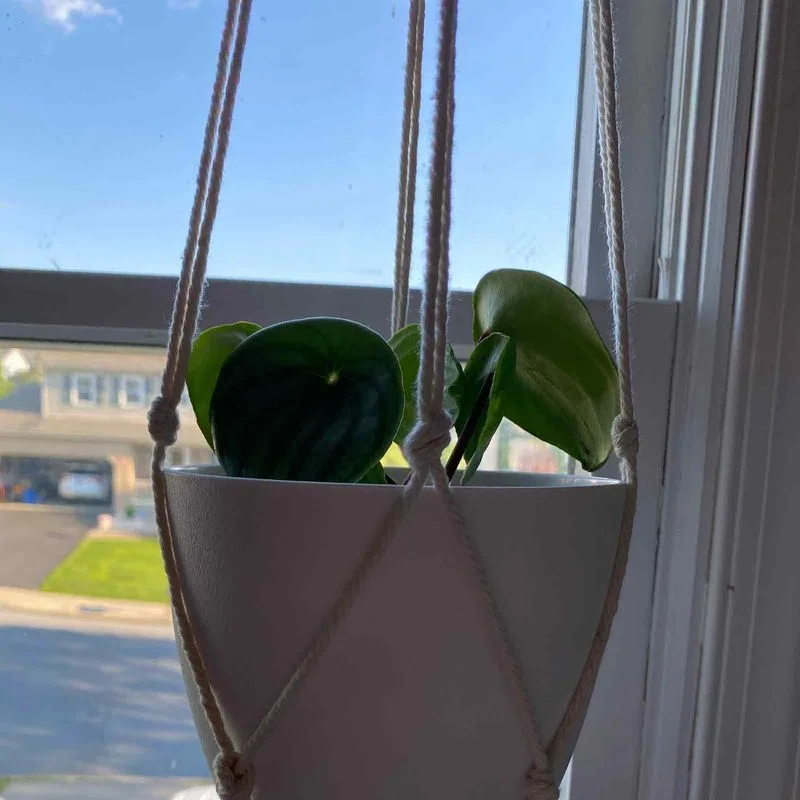
Peperomia plants flourish in bright, indirect light. Direct sunlight can scorch their leaves, while low light might stunt their growth. Position them near windows with filtered light or use sheer curtains to diffuse the sun’s rays. Artificial lighting, such as LED grow lights, can also be beneficial, especially in less sunny regions. Monitor the plant’s response to its environment and adjust its position if necessary. Observing leaf color and growth patterns will guide you. Keeping lighting conditions ideal ensures vibrant foliage and reduces the likelihood of diseases, making your Peperomia a stunning addition to your home.
Optimal Watering Techniques

Watering Peperomia requires balance. Overwatering can lead to root rot, while underwatering causes wilting. Ensure the top inch of soil is dry before watering. Use a pot with drainage holes to prevent water accumulation. When watering, do so thoroughly, allowing excess to drain. Observing the plant’s response helps refine this practice. Yellowing leaves might indicate overwatering, while crispy ones suggest drought. Adjust frequency based on season; warmer months necessitate more hydration. These techniques support healthy root development and lush foliage, ensuring your Peperomia remains a vibrant part of your indoor garden.
Choosing the Right Soil
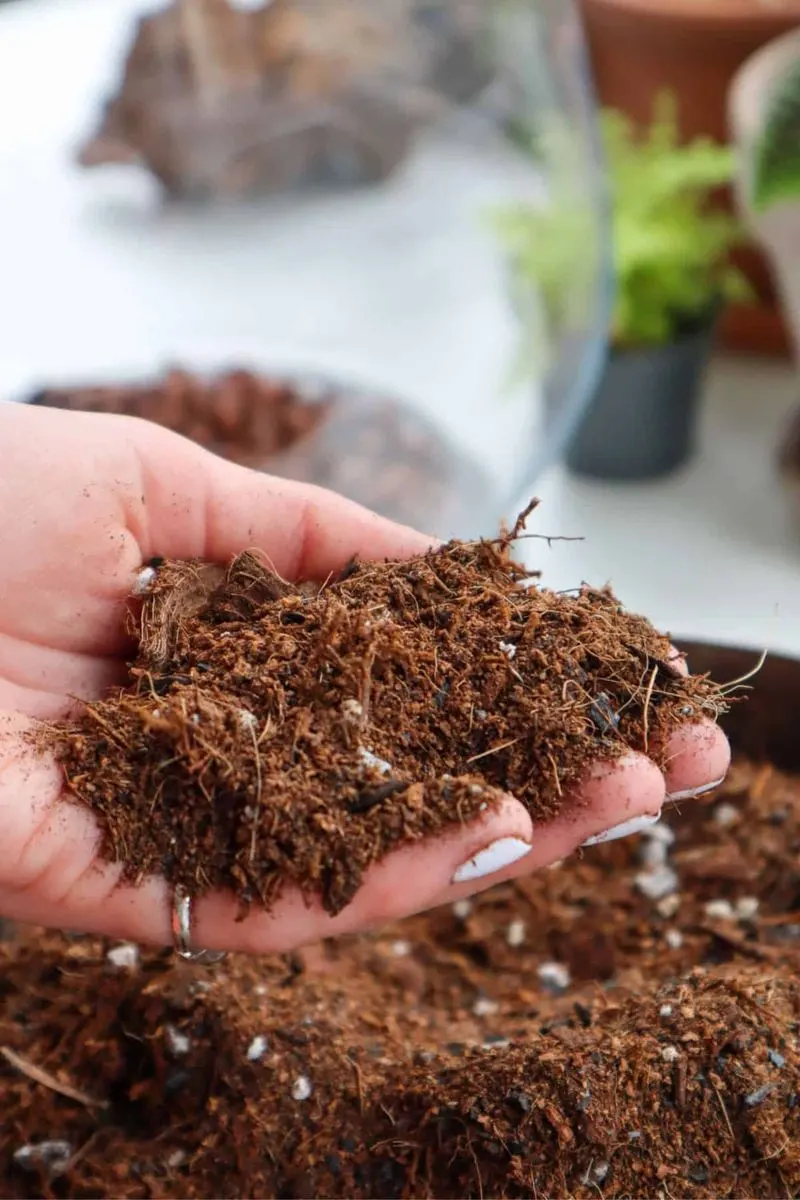
Peperomia thrives in well-draining soil. A mix of potting soil, perlite, and peat moss provides optimal drainage and aeration. This blend prevents waterlogging, reducing root rot risk. Ensure soil pH remains neutral to slightly acidic, enhancing nutrient absorption. Regularly check soil condition and refresh as needed to maintain its quality. Avoid heavy or compacted soils that can suffocate roots. By understanding your Peperomia’s soil needs, you facilitate robust growth and vibrant leaves. A tailored soil mix not only supports health but also showcases your commitment to quality plant care.
Humidity Needs and Adjustments
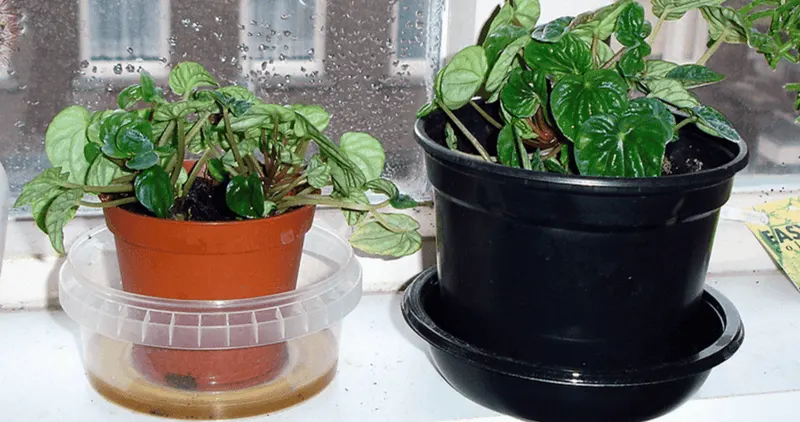
Humidity plays a crucial role in Peperomia care. These plants prefer moderate humidity levels, around 40-50%. In dry climates or during winter, indoor air can be arid, stressing the plant. Use a humidifier to maintain ideal conditions, or place a tray with water and pebbles beneath the pot. Grouping plants also boosts humidity naturally. Monitor leaf condition; curling edges may indicate dryness. By addressing humidity needs, you prevent stress and keep foliage lush. Tailoring the environment to your Peperomia’s preferences ensures it remains healthy and visually appealing, enriching your indoor plant collection.
Ideal Temperature Range
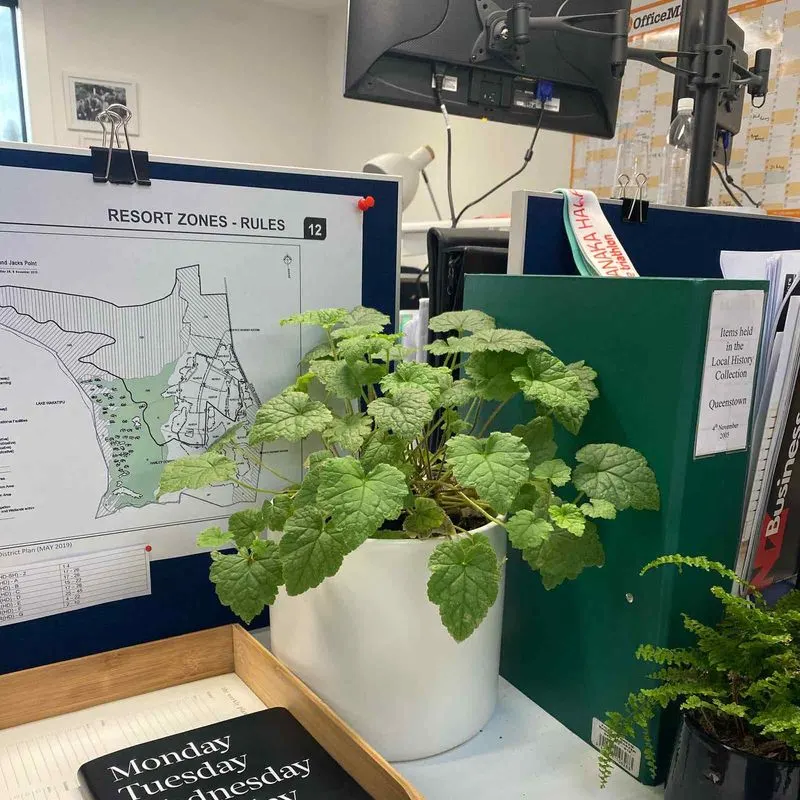
Peperomia plants thrive in temperatures between 65-75°F. Sudden temperature changes or drafts can stress them. Keep away from air conditioners, heaters, and cold windows. Maintaining consistent warmth supports growth and resilience. In cooler climates, avoid placing plants near cold drafts and ensure they’re insulated during transport. Observing plant behavior helps in identifying temperature-related stress, such as leaf drop. Providing a stable climate not only fosters growth but enhances foliage vibrancy. By catering to these temperature preferences, your Peperomia will remain a thriving, cheerful presence in any room.
Fertilization Tips
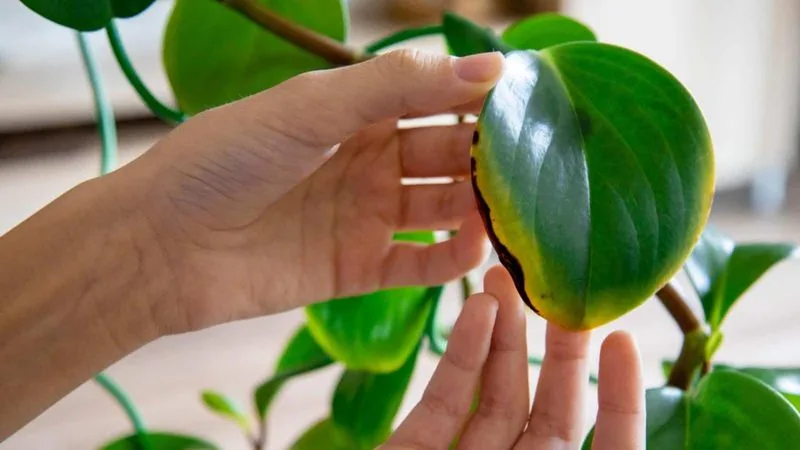
Fertilizing Peperomia plants enhances growth. Use a balanced liquid fertilizer every four to six weeks during the growing season. Dilute it to half strength to prevent over-fertilization, which can harm roots. In winter, reduce feeding as growth slows. Signs of nutrient deficiency include pale leaves and stunted growth. Adjust the type or frequency of feeding based on plant needs. Regularly flushing soil with water prevents salt buildup, maintaining soil health. These practices ensure robust growth and vibrant foliage, reflecting your dedication to Peperomia care. Understanding their nutritional needs enhances overall plant vitality.
Repotting Guidelines
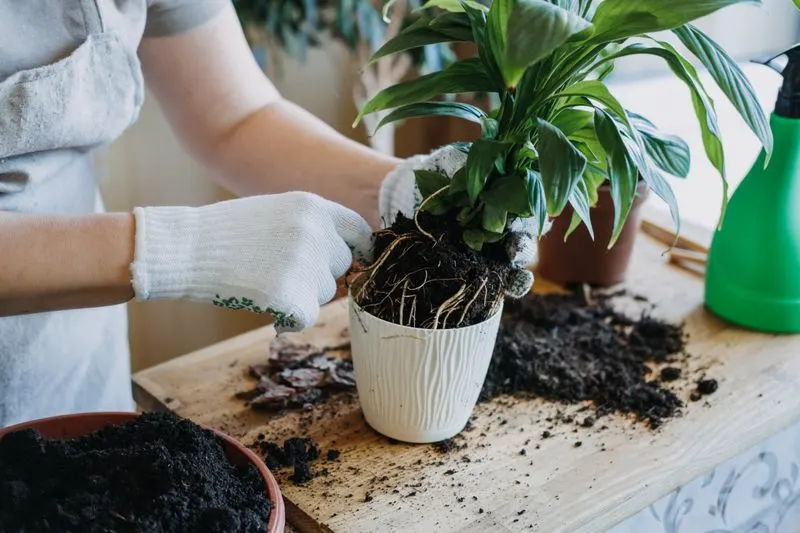
Repotting Peperomia is essential for continued growth. Every 1-2 years, when roots outgrow the pot or soil quality declines, consider repotting. Choose a pot slightly larger with drainage holes. Gently remove the plant, shaking off old soil. Inspect roots for rot, trimming as needed. Fresh, well-draining soil encourages healthy roots. After repotting, water sparingly to help the plant settle. Observing plant response guides future adjustments. By following these guidelines, you ensure continued vitality and growth, allowing your Peperomia to flourish. Regular repotting reflects proactive care, keeping your plant healthy and vibrant.
Pruning and Trimming
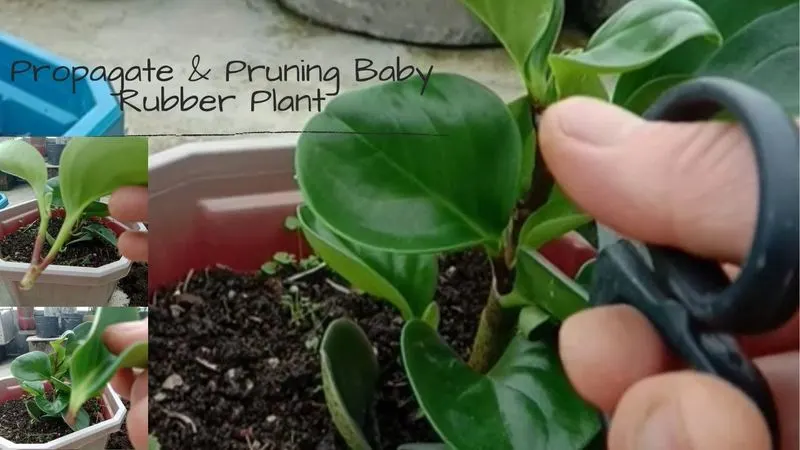
Pruning Peperomia encourages bushier growth and removes damaged leaves. Use clean scissors to prevent disease spread. Trim yellow or dead leaves, focusing on maintaining plant shape. Early spring is ideal for pruning, before peak growth. Regularly inspect for pests or diseases, trimming affected areas. Pruning not only enhances appearance but boosts plant health by directing energy to new growth. Monitor regrowth to understand plant preferences, adjusting techniques accordingly. These steps ensure a thriving Peperomia with lush foliage. Engaging in regular pruning reflects a commitment to plant health and aesthetic appeal, enhancing your indoor garden.
Pest Prevention and Management
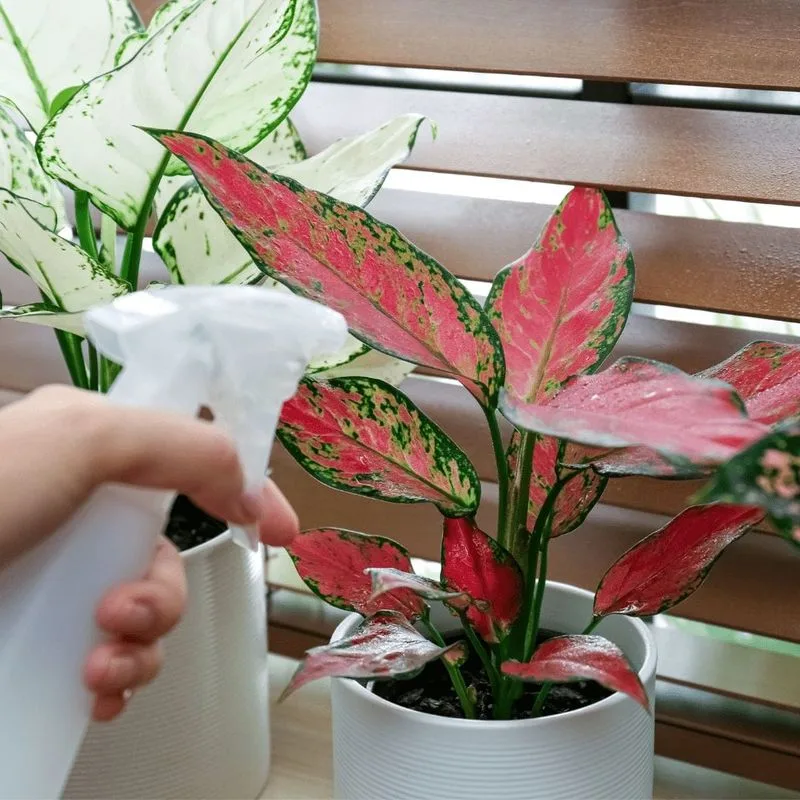
Preventing pests in Peperomia plants is crucial for health. Inspect leaves regularly for signs of mites, aphids, or mealybugs. Early detection simplifies management. Use insecticidal soap or neem oil for treatment, applying thoroughly. Maintaining plant hygiene reduces pest attraction. Isolation of new plants prevents pest spread. Affected plants benefit from increased humidity to deter spider mites. Consistent monitoring and prompt action preserve plant health. By understanding pest dynamics and intervention strategies, you ensure a pest-free environment, promoting robust growth. Effective management reflects dedication to maintaining a vibrant indoor plant collection.
Propagation Techniques
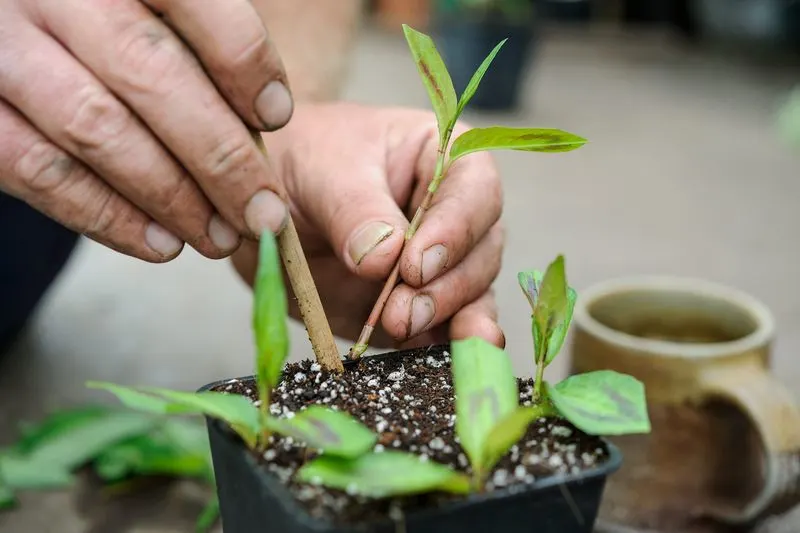
Propagating Peperomia is rewarding and simple. Leaf cuttings are most effective. Choose healthy leaves, cutting close to the stem. Place cuttings in water or soil for rooting. Water propagation allows monitoring root development. Transplant rooted cuttings to soil when established. Ensure adequate light and humidity during propagation. Experimenting with different methods can yield new insights. Sharing propagated plants fosters community among plant enthusiasts. Understanding these techniques enriches your plant care repertoire, boosting confidence in expanding your collection. Propagation not only multiplies plants but enhances your connection to nature, celebrating growth and renewal.
Understanding Growth Patterns
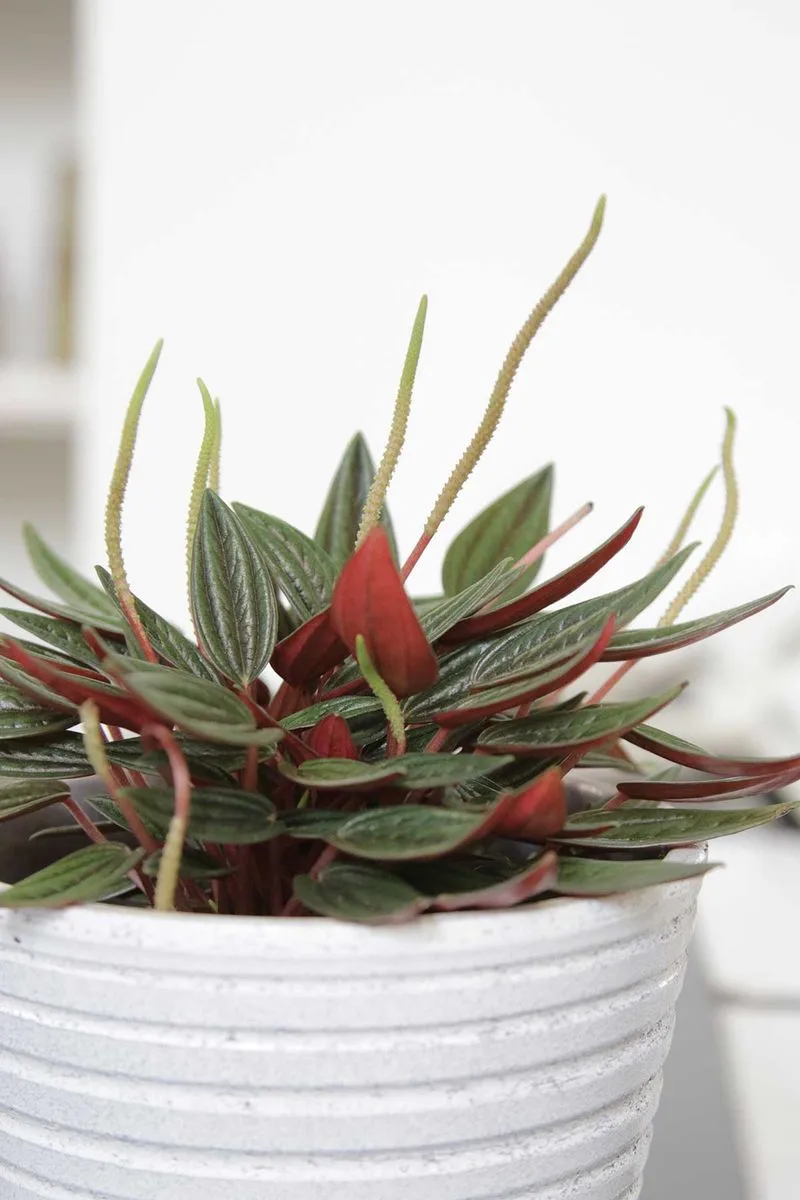
Recognizing Peperomia growth patterns aids in care. Typically, they exhibit slow to moderate growth. Spring and summer are peak seasons for development. Observing changes informs care adjustments such as light or water needs. New leaves may indicate healthy growth, while stagnation suggests environmental issues. Understanding patterns helps in predicting care needs and optimizing conditions. Growth speed varies by species, requiring tailored approaches. By learning these nuances, you can manage expectations and enjoy the process. This understanding reflects a deeper connection to your plants, enhancing their care and your enjoyment of their presence.
Choosing the Right Pot

Selecting an appropriate pot influences Peperomia health. Ensure pots have drainage holes to prevent waterlogging. Material choice affects moisture retention; terracotta allows breathability, plastic retains moisture. Size matters; a pot too large retains excess water, risking root rot. Slightly larger pots encourage growth without overwhelming roots. Monitor plant response to potting choices, adjusting as needed. Changing pots complements repotting schedules, enhancing plant well-being. Understanding the impact of pot selection on Peperomia fosters a nurturing environment. This consideration reflects your commitment to providing optimal conditions, ensuring a thriving and vibrant indoor plant collection.
Seasonal Care Variations
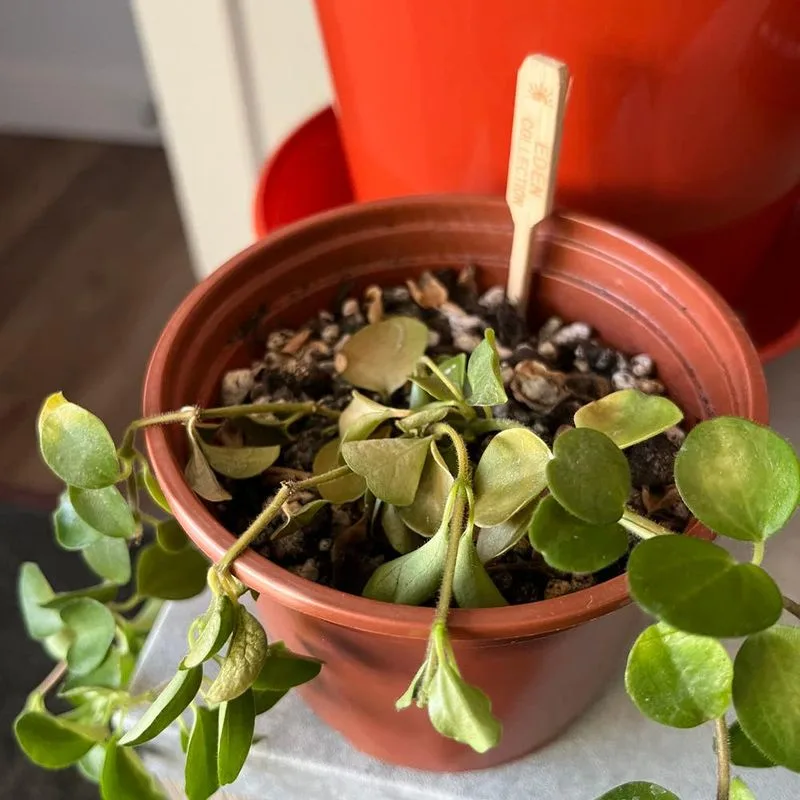
Adapting Peperomia care to seasons is crucial. Spring and summer require more water and light for growth, while fall and winter demand reduced care due to dormancy. Adjust watering frequency and light exposure accordingly. Temperature and humidity control help mitigate seasonal stress. Recognizing signs of seasonal adaptation aids in providing targeted care. This cyclical understanding enhances plant resilience and vitality. By aligning care practices with natural rhythms, you promote sustained health. Seasonal adjustments reflect a dynamic approach to plant care, ensuring that your Peperomia thrives year-round, regardless of external changes.
Recognizing Stress Signals
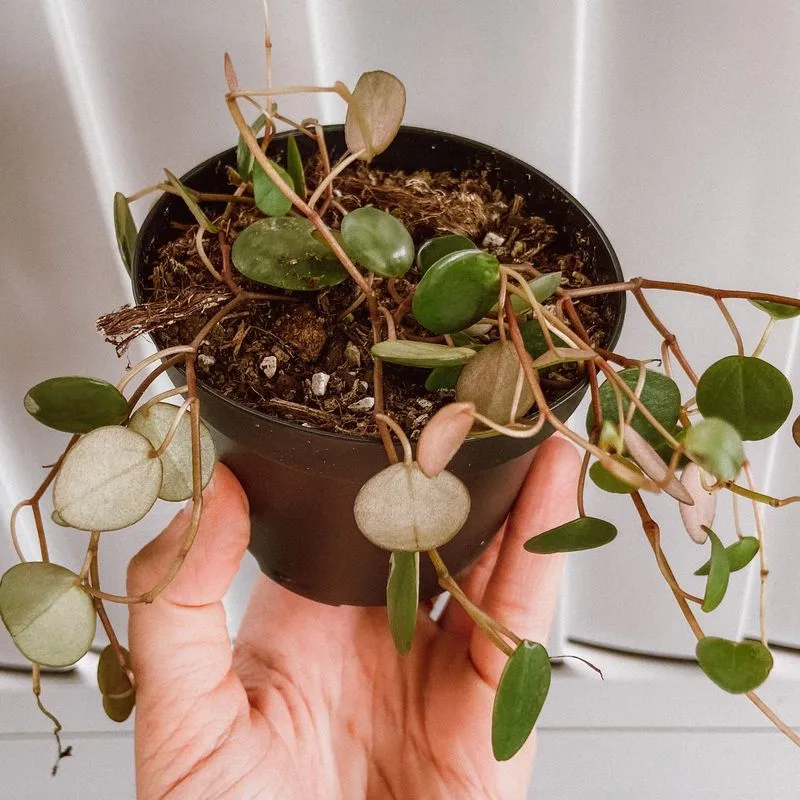
Observing stress signals in Peperomia is vital for intervention. Yellowing, curling, or dropping leaves may indicate water, light, or nutrient issues. Regularly inspect for pests or diseases. Stress often reflects environmental imbalances, guiding corrective measures. Adjusting care based on these signals prevents long-term damage. Understanding stress dynamics helps refine practices, enhancing plant well-being. Proactive attention to these signals ensures a healthy, thriving plant. This vigilance reflects dedication to effective plant care, fostering a supportive environment. Recognizing and addressing stress promptly reinforces your commitment to maintaining a vibrant indoor garden.
Enhancing Aesthetic Appeal
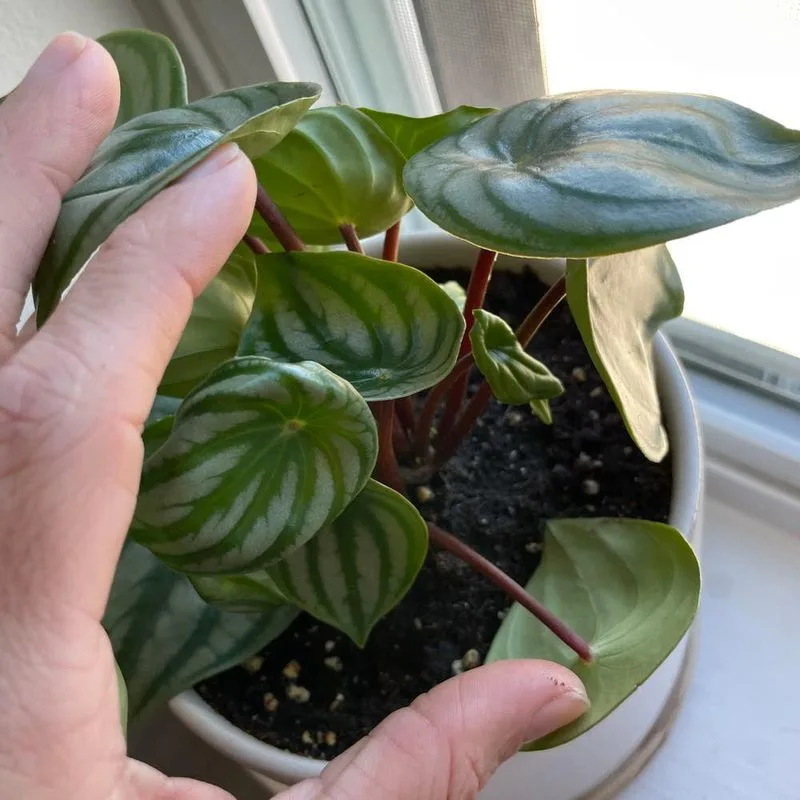
Enhancing Peperomia’s aesthetic involves thoughtful placement and pot selection. Position plants to highlight their foliage and complement décor. Mixing varieties adds visual interest. Stylish pots and creative arrangements enhance appeal. Consider color contrasts and textures for dynamic presentation. Regular cleaning of leaves maintains shine and vibrancy. The aesthetic arrangement fosters a welcoming environment, showcasing your creativity and care. By integrating Peperomia into interior design, you elevate both plant and space. This attention to detail enriches your living area, reflecting a harmonious blend of nature and style, making your home a lush sanctuary.
Sonic Plant Therapy
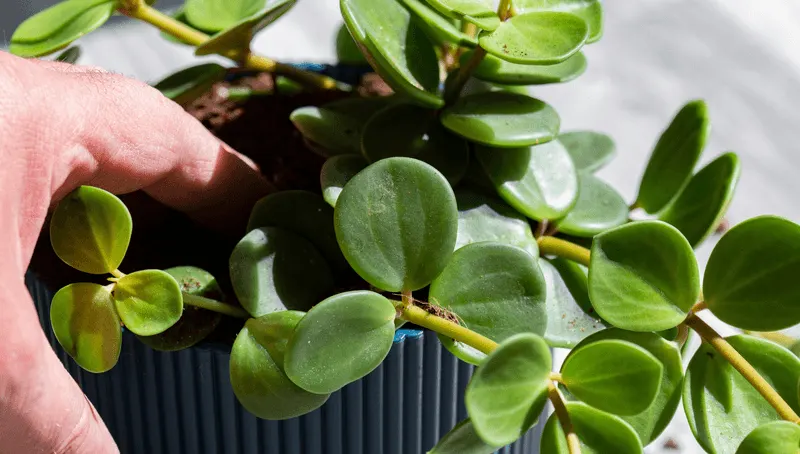
Have you ever considered the power of music in plant care? Engage your Peperomia with some sonic therapy by playing soothing flute melodies. Music can create vibrations that enhance the growth and vitality of plants.
Set aside time each week to serenade your Peperomia with gentle tunes, as this can promote a healthy growth environment. Not only does this encourage the plant’s well-being, but it also offers you a relaxing and meditative experience.
Whether you play live music or stream calming tracks, this unconventional approach may yield surprisingly lush results. Experiment with different genres and see what resonates with your green friends!

